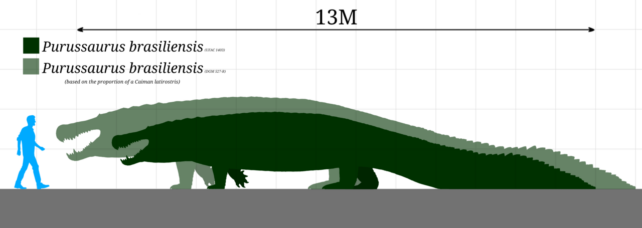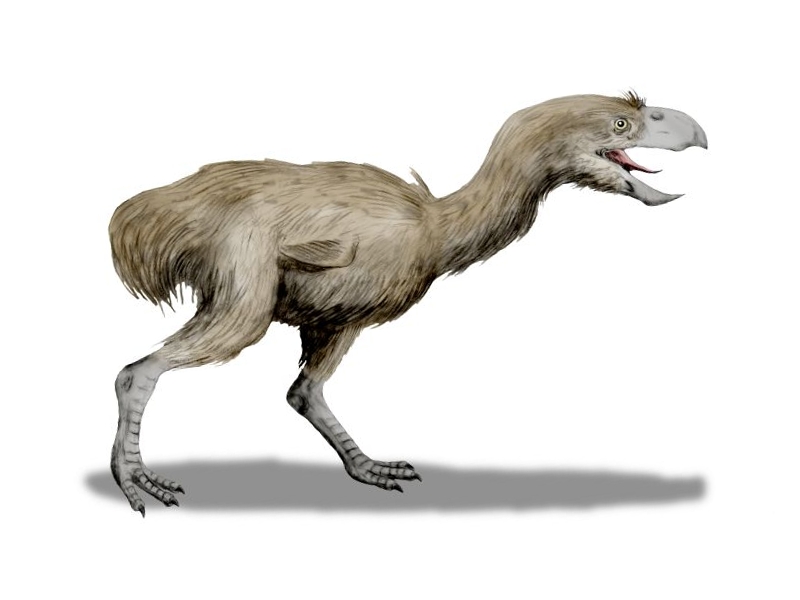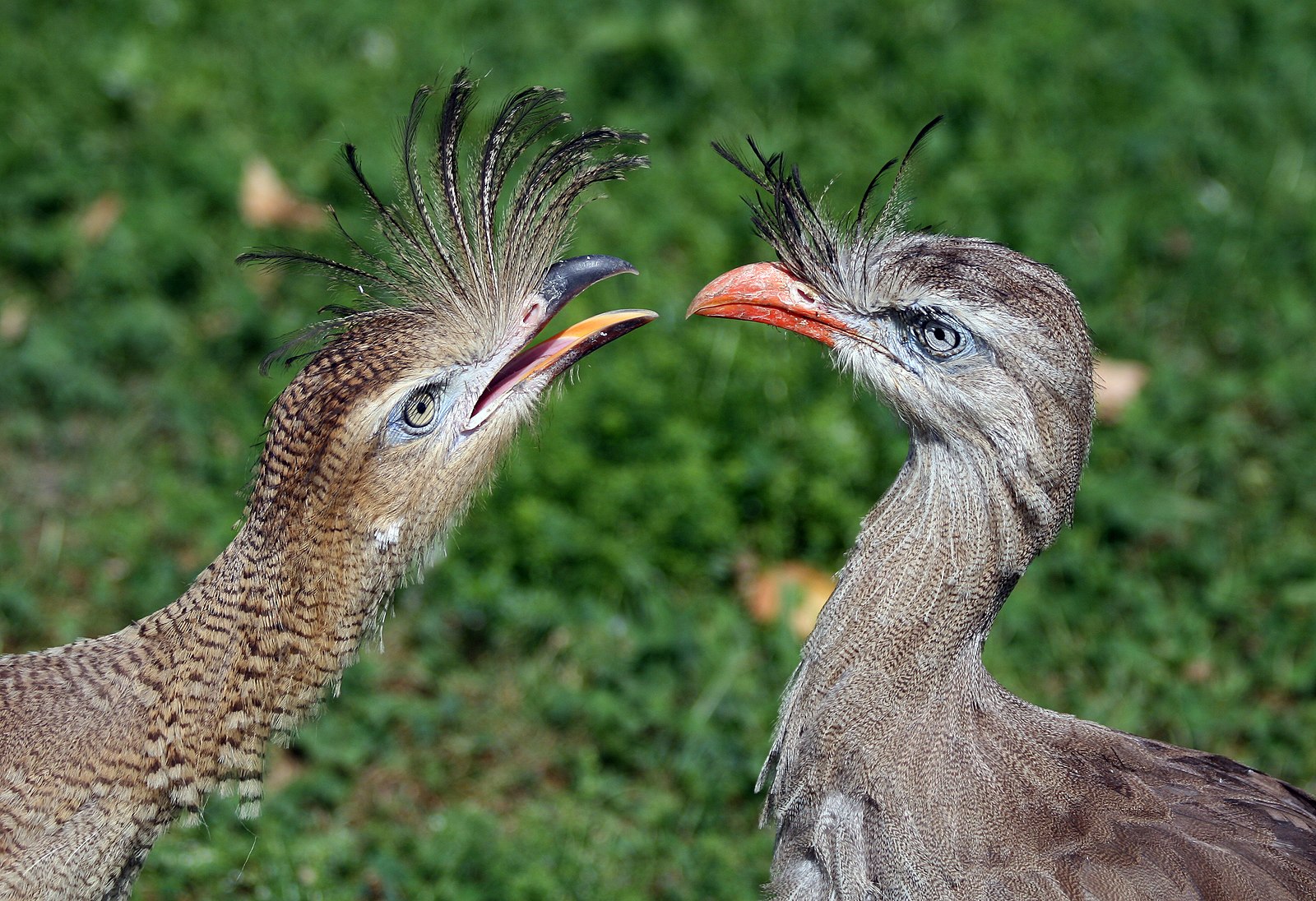Although known only through a tibial fragment, a newly described carnivorous terror could be the largest known member of its feathered genus.
Phorusrhacid “terror birds” stalked what is now Colombia’s Tatacoa Desert about 12 million years ago, among relatives of car-sized armadillos, giant sloths and saber-toothed marsupials.
The recently analyzed fossil suggests that this specimen was much larger than its relatives, which are estimated to be 1 to 3 meters tall.
It also contains signs of how this fearsome predator likely met its end – in the jaws of an even more fearsome beast.
Evolutionary biologist Federico Degrange of Argentina’s Center for Research in Earth Sciences and colleagues discovered that the bird’s tibia was marred by teeth marks from an ancient crocodile relative, Purussaurusprobably 9 meters long.

“We suspect that the terror bird could have died as a result of its injuries, given the size of crocodiles 12 million years ago,” say Paleontologist Siobhán Cooke of Johns Hopkins University.
Previous finds show that Phorusrhacids had enormous beaks, making them look uncomfortably top-heavy. These, together with the anatomy of their skulls, suggest that the birds were efficient predators.
“Terror birds lived on the ground, had limbs adapted for running, and usually ate other animals,” Cooke describes.
Luckily for us, Phorusrhacids were extinct long before humans arrived on the scene.
The bone fragment suggests that the animal was up to 30 percent larger than previously known specimens of Phorusrhacids. The team suspects it is a new species, but thanks to the limited remains they cannot rule out the possibility that it belongs to previously discovered terror birds, such as Titanis.

The remains, found lying on the ground by a fossil collector in the Tatacoa Desert, represent the northernmost Phorusrhacid yet found in South America. In the Middle Miocene, before South and North America were connected, the area was lush and tropical.
Such conditions generally promote decay, reducing the chance of fossils. The scarcity of Phorusrhacid fossils in this region may also indicate that these species were apex predators, the researchers explain, tending to live at much lower densities than their prey.
“The fact that the vast majority of phorusrhacids have been found in southern South America, and that they occur more recently in Pliocene sediments of southern North America, suggested that terror birds have a South American origin,” Degrange and his team write in their article. .
The fossil, first discovered almost twenty years ago by Cesar Augusto Perdomo, curator of the Museo La Tormenta, was analyzed using 3D scanning, highlighting the deep pits unique to Phorusrhacid legs.
The current living relatives of Phorusrhacids are almost the extreme opposite of the gigantic flightless horrors; they are instead small, long-legged, graceful birds, such as the red-legged Seriema (Cariama cristata).

Giant, flightless birds that are the stuff of nightmares have evolved independently several times since non-avian dinosaurs met their end, including the Australian ‘demon ducks’ and Gastronis of North America and Europe.
This research was published in Papers in paleontology.



